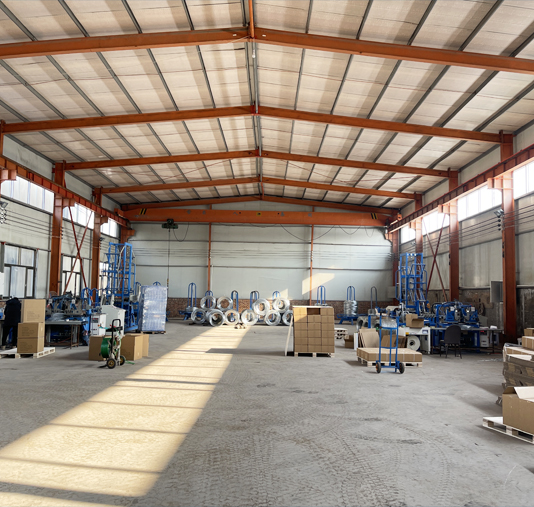
- Mobile Phone
- +8613931874955
- sales@cntcmetal.com
Exploring the Connections Between Brickwork and Construction Techniques
The Importance of Brick Ties in Modern Construction
In the field of construction, the integrity and longevity of structures are paramount. One of the often-overlooked elements that plays a crucial role in maintaining the strength and stability of masonry buildings is the brick tie. While they may seem like small, unassuming components, brick ties are integral to ensuring the safety, durability, and performance of brickwork.
What Are Brick Ties?
Brick ties, or brick anchors, are metal connectors that bond masonry walls to their structural backing, typically made of steel or concrete. They are designed to provide lateral support and maintain the stability of brick veneer walls. Without these essential components, brick structures can be prone to various forms of damage, including structural failure, crack propagation, and eventual collapse.
Functionality of Brick Ties
The primary function of brick ties is to create a secure attachment between the brick veneer and the underlying structure
. They help resist wind loads, seismic activity, and other forces that could cause the brickwork to separate from the supporting wall. Brick ties also assist in distributing the loads evenly across the masonry, thereby enhancing the overall strength and stability of the building.Furthermore, brick ties allow for the thermal expansion and contraction of materials. As temperatures fluctuate, different components of a building expand and contract at varying rates. Brick ties accommodate these movements, preventing undue stress on the brick veneer and reducing the risk of cracking.
Types of Brick Ties
Various types of brick ties are available, each suited for different applications and construction methods. The most common types include
brick ties

1. Horizontal Ties These are installed at regular intervals horizontally across the brickwork. They provide lateral support and help maintain the alignment of the brick veneer.
2. Vertical Ties Used in multi-story buildings, vertical ties provide additional support and help distribute loads more evenly throughout the structure.
3. Strap Ties These are either flat metal strips or bent rods that secure the masonry to the wall. They are particularly useful when enhancing the structural integrity of brick cladding.
4. Snap Ties Commonly used in poured concrete walls, snap ties hold the wall forms in place during construction and can be left in place or removed once the concrete has set.
Building Codes and Standards
The importance of brick ties is reflected in construction regulations and building codes across various countries. These codes specify the type, spacing, and installation methods for brick ties to ensure that all masonry work meets safety and structural requirements. Compliance with these standards is crucial not only for the integrity of the building but also for the safety of its occupants.
Conclusion
In summary, brick ties are a vital yet often underappreciated aspect of masonry construction. They provide essential support, stability, and resilience to brick veneer walls, helping to ensure that structures can withstand the forces of nature and the test of time. As the construction industry continues to evolve, the role of brick ties will remain critical in developing safe and lasting buildings. By understanding and appreciating the function of these simple metal connectors, architects, engineers, and builders can make informed decisions that contribute to the safety and durability of our built environment. In the world of construction, it is the small details, like brick ties, that often hold the greatest significance.
share:
-
Your Source for Concrete Wall Ties and Masonry AccessoriesNewsJul.10,2025
-
Unlocking the Power of Iron Wire for Every ProjectNewsJul.10,2025
-
Explore Advanced Chain Wire and Stainless Steel Mesh FencingNewsJul.10,2025
-
Discover the Benefits of Annealed Wire ProductsNewsJul.10,2025
-
Discover China Stainless Steel Wire Mesh SolutionsNewsJul.10,2025
-
Build with Confidence Using High-Performance Masonry AccessoriesNewsJul.10,2025
-
Why Sacrificial Formwork Is Redefining Underground ConstructionNewsJun.06,2025



















